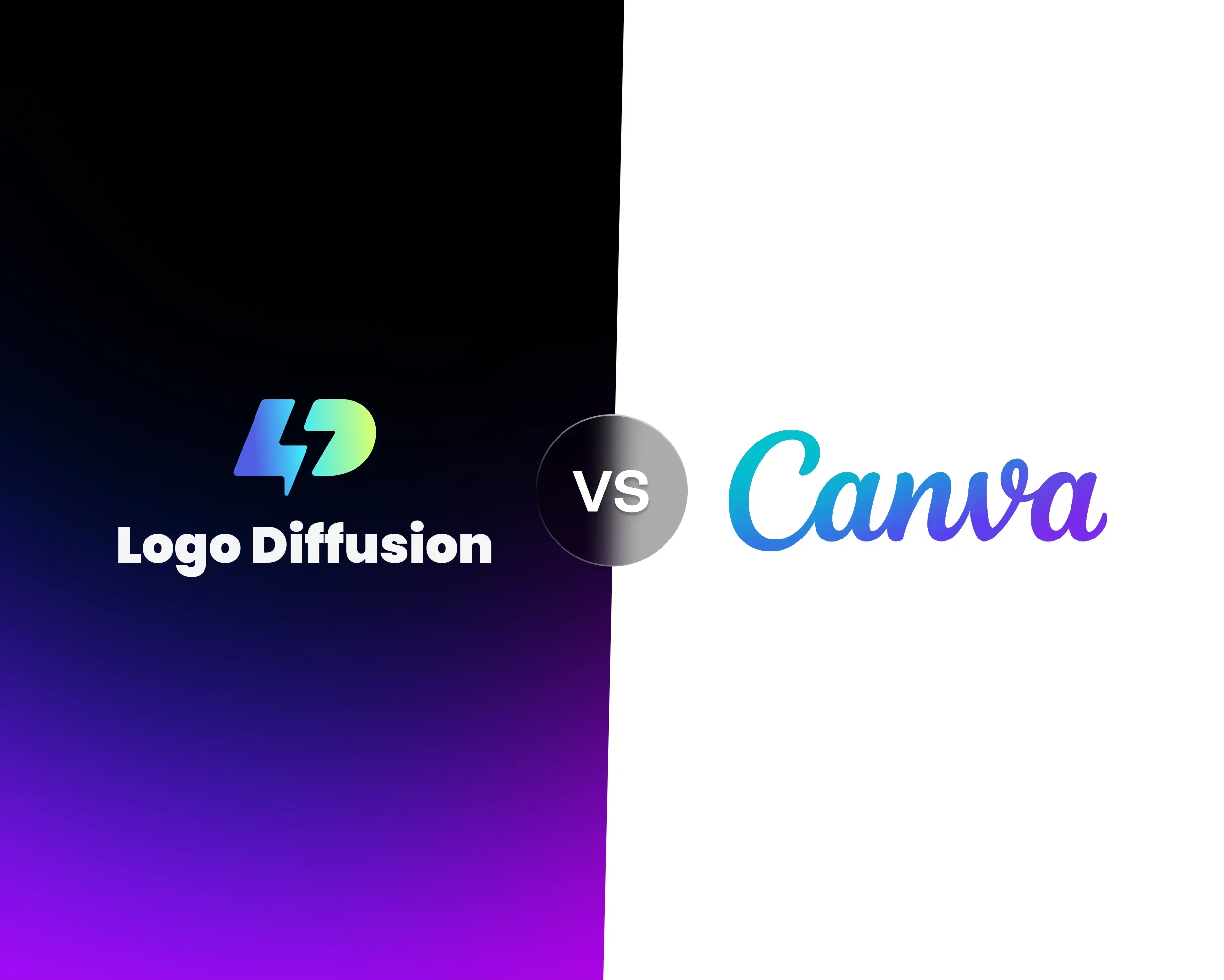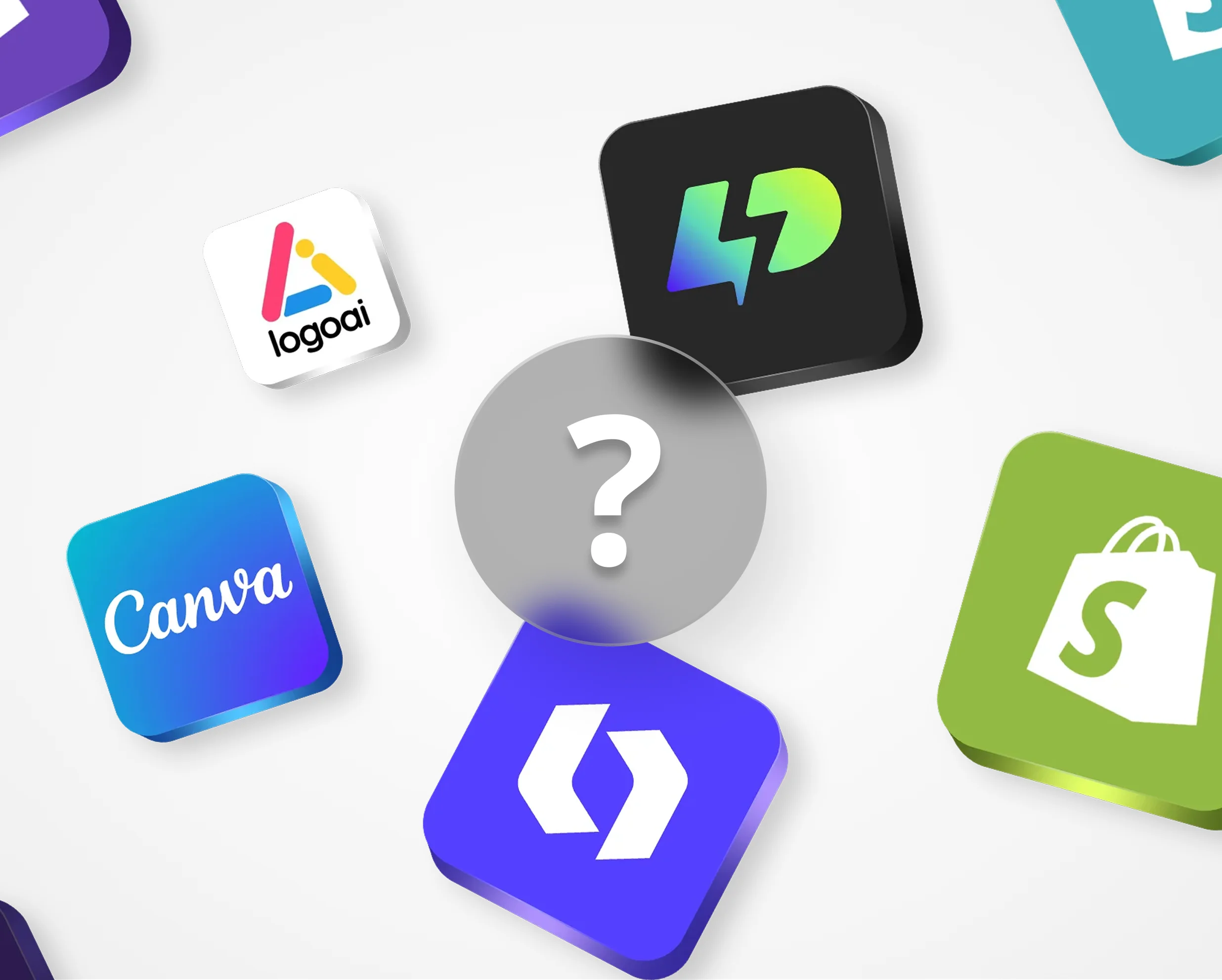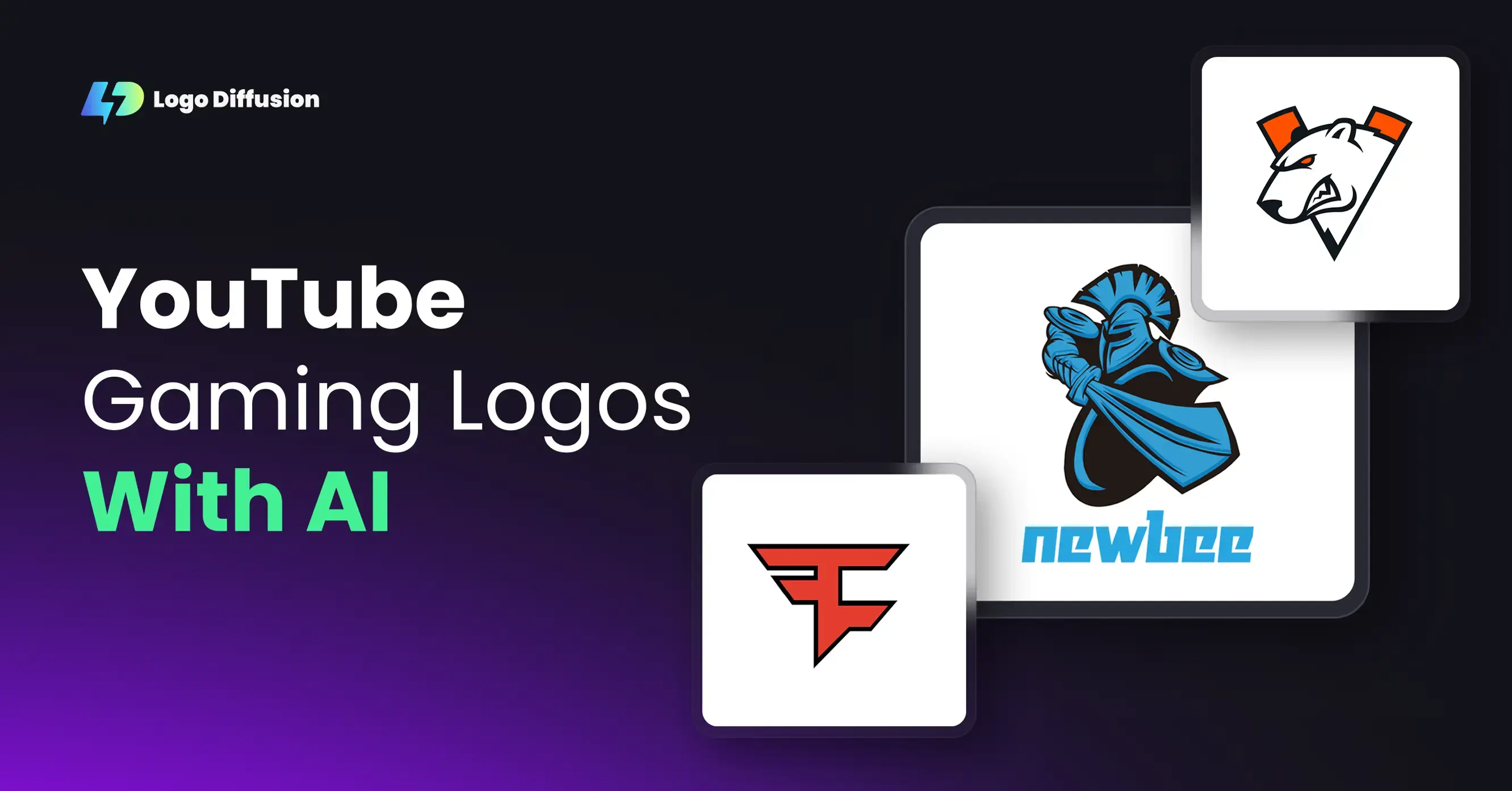

A strong identity can make or break any business. When customers land on your homepage or see your packaging for the first time, your brand's looks and feels can leave a lasting impression. With so many resources available, choosing the right logo generator can be a game-changer in shaping that crucial first encounter. At its core, a great design tool taps into human psychology, color, shape, and style can evoke excitement, trust, or nostalgia. The following guide helps you navigate the maze of online options, providing insight into what matters when crafting a brand mark that resonates with your audience.
The Power of a Memorable Logo
Logos have an uncanny ability to lodge themselves into our subconscious. Think about the last time you recognized a company just by a simple icon or symbol. Perhaps a glance at a swoosh on a shoe made you think of athletic performance, or golden arches had you craving a quick bite. These images work because they tap into deep emotional associations. People often respond to visual cues before recognizing words—our brains process images up to 60,000 times faster than text. This speedy connection means a glance can spark curiosity, a sense of belonging, or even a craving.
For a smaller brand or startup, the stakes can feel even higher. You want your brand to stand out in a world overflowing with competition. Your identity should plant a memorable seed in the minds of potential customers, ensuring that when they need the product or service you offer, your name pops up first. Here lies the subtle power of a reliable brand design tool. By automating parts of the process, these platforms allow you to produce a polished visual identity without requiring a degree in design.
What Makes a Design Tool Special?
Plenty of creative software exists, but not all are built equally. Some force you through tedious steps, while others have a more intuitive, user-friendly interface. A truly dynamic platform hinges on a few key areas:
- Ease of Use
- If a system has countless menus, submenus, and advanced features that leave you scratching your head, it’s not doing you any favors. A complicated setup can sap your motivation and delay the launch of your new identity. Look for a system with a clear pathway from concept to final product. A straightforward dashboard can make the entire journey smoother, allowing you to focus on your creative decisions.
- Customization Potential
- Every business has its flair. No two companies aim for the same vibe even within the same industry. A local coffee shop might opt for warm browns, whimsical fonts, and coffee bean motifs, whereas a high-tech robotics firm might stick to cool tones, sleek typefaces, and angular shapes. Your brand design tool should accommodate these distinctions, offering enough flexibility to tweak colors, shapes, typography, and layout. You can create a unique emblem that speaks directly to your audience.
- Smart Suggestions
- Sometimes, you might have a rough idea but aren’t sure how to bring it to life. Look for a platform that uses artificial intelligence or some helpful automation. These features can nudge you in the right direction, providing color palette suggestions or font pairings you might not have otherwise considered. Even subtle hints, like showcasing shapes that complement your chosen typography, can be invaluable in crafting a cohesive look.
- Scalability
- Your design should look sharp at various sizes, whether on a business card, billboard, or social media avatar. The best platforms guide you to create something visually appealing and ensure the final product scales cleanly. Whether printing physical materials or maintaining a purely digital presence, you want a crisp, high-resolution design that doesn’t lose its power when resized.
- Instant Feedback
- One of the hardest parts of design can be the guesswork. You might select a font or tweak a color, but it’s hard to tell if it works until you see it in context. Tools that allow real-time previews—on virtual business cards, websites, or even product mock-ups—can save time and guesswork. Instant feedback can spark those “aha” moments, helping you decide if that electric blue is perfect or if you should try a calmer teal.
The Psychological Hooks
Logos don’t just serve as a signpost; they also play mind games in the best possible way. Subtle psychological triggers can shape how people perceive your brand. Colors, for example, can evoke feelings or memories:
- Red can signal urgency, passion, or excitement.
- Blue often conveys trust, stability, and professionalism.
- Green can hint at growth, nature, and well-being.
- Yellow suggests optimism, energy, and a cheerful vibe.
Meanwhile, typography sets the tone. Angular, bold fonts might appear futuristic and edgy, whereas flowing cursive fonts can hint at tradition or a personal touch. Geometric shapes—squares, circles, triangles—also add layers of meaning. Circles signify unity or continuity, while triangles imply progress and innovation.
By combining these elements in a balanced way, you can influence how people feel when they see your brand mark. It’s a subtle conversation in a fraction of a second: the combination of shape, color, and type either draws in your audience or leaves them unmoved. That’s why a flexible platform, often referred to as a logo generator, can be so powerful. It lets you explore multiple options quickly, testing which combination of elements feels “just right.”
Avoiding the Pitfalls
Though creating visuals on your own can be fun and cost-effective, it’s easy to make missteps that can diminish your credibility. Common pitfalls include:
- Overcomplication: Intricate designs with elaborate details might look stunning on a large screen but lose their impact when scaled down. If they’re too elaborate to recognize at a glance, they can work against you.
- Following Short-Lived Trends: In waves, certain color combinations, shapes, or typography styles appear. Leaning too heavily into a fad can date your brand within a year or two. Timelessness often trumps fleeting trends.
- Ignoring Target Audience: It’s tempting to create something you love, but it won't serve its purpose if it doesn’t resonate with the people you’re trying to reach. For instance, a daycare center might benefit from playful, bright designs, whereas a financial institution likely needs a more sober, reassuring look.
A well-designed tool can protect you from these stumbling blocks. It provides a systematic approach that balances creativity with structure. This equilibrium ensures you don’t wander too far down a design rabbit hole.
Building Trust Through Recognition
Trust lies at the heart of any brand-customer relationship. People want to feel secure that they’re dealing with a reliable entity. A recognizable mark helps establish that trust by making your company memorable. When you maintain consistency across your website, social media channels, packaging, and promotional materials, customers start connecting your visuals with positive experiences.
Consider the effect of repeated exposure. Psychologists refer to the “mere-exposure effect,” where the more people see something, the more they like it (or at least find it familiar). Consistent branding feeds into this phenomenon. The more often someone sees your design, the more it becomes embedded in their mind, creating a sense of comfort. Over time, this comfort can transition into loyalty.
Mastering the Art of Simplicity
Simplicity is a secret weapon in design. Look at some of the most iconic brand marks, they’re often just a clean silhouette or clever symbol. But achieving that sleek minimalism can be tricky. The urge to pile on extra features is real when faced with endless shape and color options. The best approach often involves stepping back and asking, “Is every element here necessary?”
If you’re using a design platform, monitor your project as it evolves. Start with a clean slate. Maybe experiment with a single shape that aligns with your business values. Add color gradually, ensuring each choice pairs well with the overarching message. Evaluate every stroke and every letter. Does it enhance your story, or is it just visual noise?
Why Automated Tools Matter
There’s a reason technology-based solutions have become wildly popular, even with professional designers. They can cut the preliminary design process in half, offering multiple styles and color combinations in seconds. You can cycle through concept variations in minutes, which might otherwise take hours or days if done manually.
Even if you ultimately plan to hire a professional, starting with an automated system can help clarify your preferences. Presenting a designer with a well-thought-out concept drastically speeds up the collaboration and might reduce your costs by limiting the rounds of revisions.
The Allure of Instant Gratification
We live in an era of on-demand everything, entertainment, shopping, food delivery. Why should design be any different? The ability to receive quick results appeals to that deep psychological urge for immediate reward. It’s satisfying to input your business name, click a few options, and instantly see something polished and relevant appear on the screen.
But it’s wise to balance that instant gratification with thoughtful refinement. A powerful AI-based system can get you to a strong starting point. Then, it’s up to you to make nuanced decisions. Think about your brand’s long-term goals. Are you aiming for a modern, tech-savvy appeal, or does an artisanal, handcrafted feel make more sense? This reflection ensures that you don’t settle for the first result but steer the automated suggestions toward what truly speaks to your brand vision.
Standing Out in a Busy Marketplace
Marketing experts often emphasize the “sea of sameness” that can happen when industries latch onto trends. One year, minimalist black-and-white designs might flood the market; another, playful neon color schemes might dominate. Tools that generate templates sometimes contribute to this uniformity when users pick identical shapes and palettes. How do you make sure you stand out?
- Refine, Don’t Just Accept
- Consider the initial result a jumping-off point. Tweak color gradients, adjust typography, or rearrange elements. Small differences can yield a noticeably distinct outcome.
- Incorporate Subtle Personal Touches
- Reflect on your brand story. Is there a specific symbol that resonates with your origin tale? Integrate it subtly—maybe a vintage element if your business has roots in a particular heritage or a playful accent that hints at a beloved local landmark.
- Gather Feedback
- Show your design to a handful of trusted friends, family members, or even a test group of potential customers. Ask them how it makes them feel and what it reminds them of. You might uncover nuances or unintended interpretations that you didn’t consider.
- Adapt as You Grow
- Don’t treat your design as set in stone. Larger corporations sometimes refresh their image after a few years, adjusting to new market realities or changing consumer tastes. The advantage of a flexible system is that you can revisit your brand elements whenever needed, refining them without losing your core identity.
The Hidden Influences of Shape and Symbol
It’s surprising how even the simplest geometric forms can convey meaning. Circles, for instance, are often read as friendly and inviting—think of how many social media icons are circular. Squares suggest stability, while triangles can indicate motion or direction. Beyond geometry, consider figurative symbols related to your industry: a camera icon for a photographer, a leaf for an eco-friendly brand, or a stylized handshake to represent partnership and unity.
The trick is to harness these visual hints without making them cliché. When done right, shapes can subtly reinforce your message and tap into your audience’s subconscious. But when overdone or too obvious, they might lose their mystique.
Balancing Emotion and Logic
Humans are both rational and emotional. When selecting your brand mark, you might try to appeal to logic—highlighting the reliability of your brand or the practicality of your offerings. But visuals often operate on an emotional wavelength, which can transcend mere data points. A warm, inviting palette might evoke comforting emotions, while a bold, striking palette can spark excitement. Sometimes, people choose a particular product or service simply because the look and feel resonates with them on a gut level.
That’s why picking a tool that can easily toggle between different styles and color palettes can be so beneficial. You can quickly see how different emotional cues change the overall perception of your identity. This experimentation leads to a deeper understanding of your audience’s psyche, allowing you to land on a final result that aligns with who you are and who you aim to attract.
Real-World Applications
Imagine you’re opening a cozy bookstore. Your aim might evoke comfort, warmth, and a sense of discovery. Your design tool can help you choose soft browns or vintage-inspired typefaces. Maybe you layer in a subtle bookshelf silhouette or a small reading character. You run a few variations and realize that a lighter hue of brown with a delicate serif font feels just right—like the smell of an old library book. This final choice resonates with your brand promise: a nurturing space where people can curl up with a good read.
Conversely, if you’re launching a cutting-edge tech startup, you might aim for something bold and forward-thinking. Electric blues or metallic silvers paired with a sleek, sans-serif typeface could convey innovation. Rely on an AI-driven system to propose shapes that reflect connectivity or speed. Through trial and error, you might land on a symbol that instantly broadcasts progress and ingenuity.
The Art of Iteration
One of the biggest advantages of an automated design platform is iteration speed. Multiple revisions can be time-consuming and costly if you’re working with a traditional design process. Advanced software lets you tweak a color, alter a layout, or switch fonts in seconds. This rapid iteration can spark creative insights you might miss if changes took days to finalize.
Still, there’s a risk of feeling overwhelmed by the sheer volume of possibilities. If you find yourself drowning in options, step back. Remember your brand’s core values and mission. Narrow your choices based on what truly aligns with that mission. Remove any direction that feels off-brand or merely “cool” without adding real meaning.
Beyond the Launch
Once you’ve crafted your identity, your journey is far from over. Implementation matters just as much as creation. Consistency across platforms, website headers, social media profile pictures, printed materials—reinforces brand recognition. You risk confusing your audience if you change colors or layout elements without rhyme or reason. Aim for unity. Set guidelines for color codes, typography, and size ratios so your brand looks and feels the same everywhere it appears.
As your business evolves, revisit your emblem to ensure it still represents your mission. Maybe you expand product lines, change your target demographic, or pivot to a new direction. A robust design tool lets you adapt easily without losing the foundational spirit that helped you connect with customers in the first place. Periodic updates can keep your identity fresh, reflecting current industry trends and your company’s evolution.
Why Good Design Tools Are Here to Stay
The rise of intuitive platforms has democratized brand identity creation. It used to be that only big companies with hefty budgets could afford fancy agencies. Now, solopreneurs, small businesses, and non-profits can all step up their visual game. This shift levels the playing field, ensuring compelling imagery isn’t limited to those with endless resources.
Yet, universal access means it’s even more critical to stand out. As more people adopt these tools, the baseline standard for visual branding rises. You’ll want to ensure your approach remains distinctive and aligned with your overarching message. Customization, thoughtful, creative direction, and a clear sense of purpose help you avoid blending into a sea of generic designs.
Choosing Your Ideal Fit
Selecting the right design software isn’t just about immediate results; it’s about building a long-term relationship with a system that can grow alongside your brand. Look for intuitive interfaces, reliable AI-driven features, and enough customization to let your story shine through. Evaluate different offerings, test out free trials, and see which platform resonates with your creative style. Sometimes, the decision might be about which environment inspires you most.
Remember, the perfect brand mark is more than just an icon or font, it’s a visual encapsulation of your audience's ambitions, values, and promises. When you find a platform that helps you articulate all that in a single graphic, you’re well on your way to making an impression that lasts.
Elevate Your Brand with the Ultimate AI Logo Maker








































.png)


